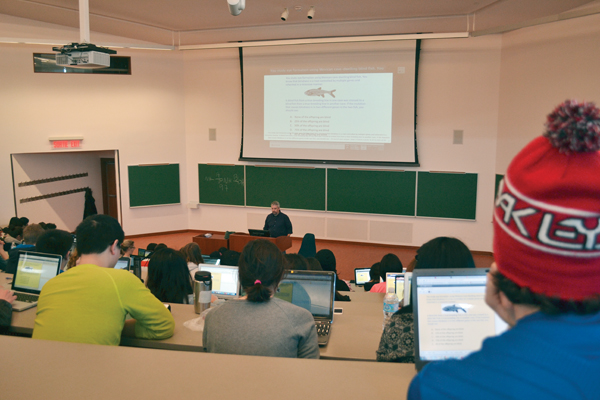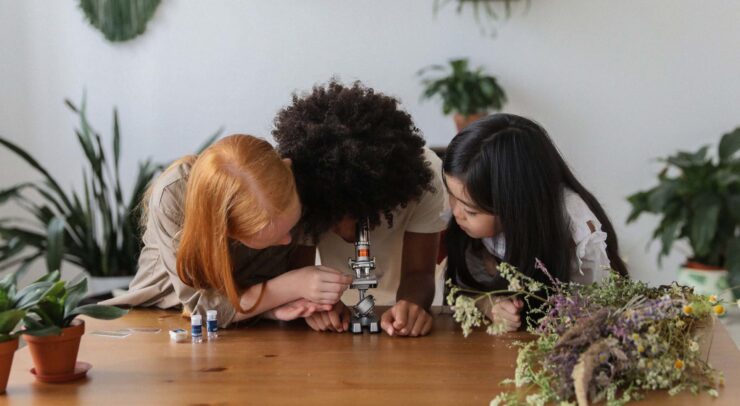U of O STEM students highlight persisting barriers and issues
After asking all of the male students to leave, “you are all feminists” were the words Marc Lépine shouted on Dec. 6, 1989, before opening fire in a classroom in Montreal’s École Polytechnique, killing 14 women and injuring 13 others.
Thirty years later, the day remains a sombre one for women studying science, technology, engineering and math (STEM).
“This anniversary means something different to different women in STEM,” said Cassidy Swanston, executive director of Pulsar Collective, a U of O organization dedicated to advancing gender equality in STEM. “For some, it’s a chance to reflect on the women who made our careers and lives possible. For others, it’s a reminder to be extremely careful with who you trust.”
“For many, it’s a reminder that we weren’t — and still aren’t— viewed as equal in our field. For me, it’s a warning to not be lulled into a false sense of security and to continue advocating for my rights,” said Swanston, who’s also a research assistant at the U of O’s Pelling Lab for biophysical research.
“(The Polytechnique massacre) makes me sad, as these women lost their lives just for being women and pursuing their desired career,” said Usha Kabilan, a second-year graduate biology student and science co-president for the U of O’s WISE (Women in Science and Engineering) chapter.
“This should not stop any women from pursuing their goals,” said Kabilan.
Kaliban added that she now uses the anniversary of the shooting as a way to reflect upon how STEM culture is today.
“I always had an encouraging environment to pursue my goals,” she said. “The world is changing rapidly and so is the perception about the women entering into STEM fields, and we should continue to encourage young women in our community to pursue what they want with great endurance.”
Giovana Oliviera Calamari, a chemical engineering student and vice-president of communications for the U of O’s Engineering Students’ Society (ESS), said that while STEM fields have greatly improved their inclusivity of women, there are still many barriers to break down.
She pointed to the experience of a second-year biomedical mechanical engineering student as an example, highlighting how the student felt as though her ideas were more questioned than those of her male classmates.
Similarly, Swanston recalled instances where her and other women felt unwelcome within STEM fields.
“Just recently, I was tabling at a U of O STEM recruitment event and a local high school student came to our booth. She told me that her tech teacher told her — the only girl in the class — that she was ‘too pretty to be in the class’ and would ‘probably fail out.’ ” said Swanston.
“Many people don’t believe comments like this are made in a progressive city in 2019, but they still are, and they cause real damage. It’s hard to explain how discouraging an experience like that is for a young mind,” she said. “Things are better than they’ve ever been for women in STEM, but we’re still lightyears away from equality.”
She continued to express how she hopes to see improvements for women in STEM.
“Personally, I’m not concerned with increasing enrollment numbers for women in STEM,” she said. “Study after study has shown that women have equal aptitude for STEM as men, and young girls are just as interested in pursuing STEM careers.”
However, she argued that recruitment programs continue to get this wrong about STEM.
“Society doesn’t need to make STEM more interesting to girls. Society needs to start treating interested girls and women with the same respect afforded to men, and give those in STEM equal access to opportunities,” she said. “A natural byproduct of this is increased enrollment, and that leads to a healthier society for all.”






